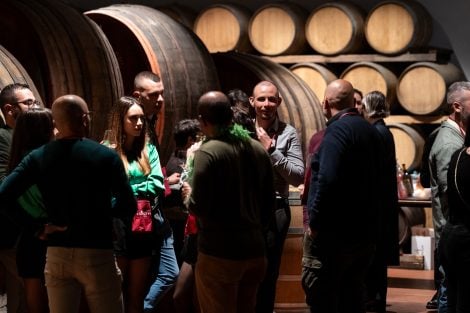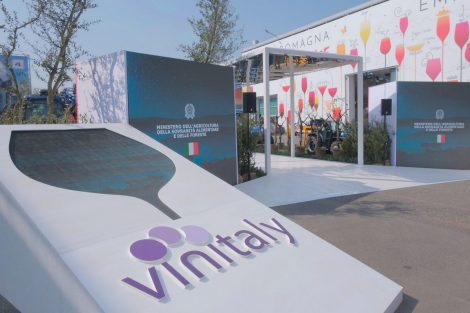There was anticipation at Vinitaly to assess any potential fallout on the Marche wine market caused by the collapse of the region’s leading cooperative, Moncaro. However, the figures presented by IMT (Istituto Marchigiano di Tutela Vini – Marche Institute for Wine Protection) offered more positives than negatives, as explained by President Michele Bernetti, who outlined the performance of the main denominations: Verdicchio dei Castelli di Jesi, Conero, Lacrima di Morro d’Alba, and Verdicchio di Matelica.
Overall, the year ended for the four denominations with the equivalent of 15.1 million bottles sold (-21 per cent compared to 2023), for a turnover of around 50 million euros (-10 per cent) and an increase in the average price of approximately 14 per cent. “We’ve made it through an annus horribilis,” the president commented, “a year of significant setbacks, financial tensions and adverse weather conditions, but we’re still here. The sector has shown that it is capable of turning the page and returning to the market stronger than before, with a higher average price and the resilience of white wines. IMT’s stockholding policy also helped both in terms of bulk wine pricing and inventory control.”

Michele Bernetti, President Imt Marche
Average price rises in mass retail
Still on a year-on-year basis (according to data from the IMT panel of companies representing 67% of production potential), 2024 saw a drop in bottled wine volumes for Verdicchio dei Castelli di Jesi by just under 20%. However, “the loss is neutralised,” noted the protection consortium led by Alberto Mazzoni, “when considering the absence of supply from the Marche’s leading cooperative, which accounts for exactly 20 per cent of the volume.” Looking at the figures, there’s good news: the average price in the Italian mass retail and retail channels rose by 10.5 per cent.
Verdicchio di Matelica: a surprise surge
Verdicchio di Matelica showed a strong upward trend, with a 69% surge in sales volume and a solid performance in exports as well (+20 per cent). As for red wines, Conero ends 2024 with a 14 per cent drop in volume – again partly due to Moncaro’s downfall – but strengthens its international presence (+1.5 per cent year-on-year), now accounting for over 30% of total sales. Finally, the DOC Lacrima di Morro d’Alba, which suffered an 11% decrease, also due to a lower yield in the 2023 harvest. This niche wine is gaining ground, and IMT is considering changes to its production specifications to introduce a Riserva version and eliminate the Superiore category.
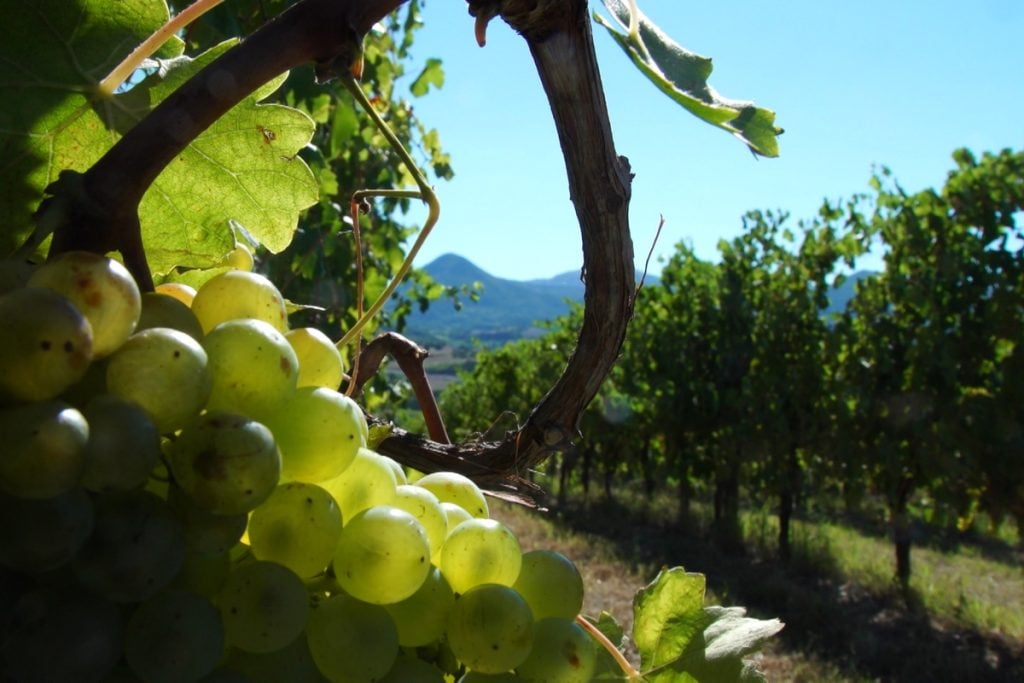
Verdicchio di Matelica
Sales channels and export trends
Among distribution channels, 2024 saw a significant increase in the share destined for the HoReCa sector (from 13.6% to 19.5%). According to IMT, this indicates an improvement in the wines’ market positioning. Mass retail (with 33.5% of shares) remains the primary channel, followed by sales to importers. Looking at foreign markets, Verdicchio dei Castelli di Jesi saw its export share surpass that of the domestic market, with an “export-oriented volume share of 51.2 per cent.” In 76% of cases, target markets are European, but in 2024 there was a doubling of the share going to Asian markets, especially Japan, which now accounts for 12% of shipments and has overtaken the Americas (11.3 per cent). In terms of value, the main customers are the United Kingdom, the Netherlands, the USA, Germany, and Sweden.

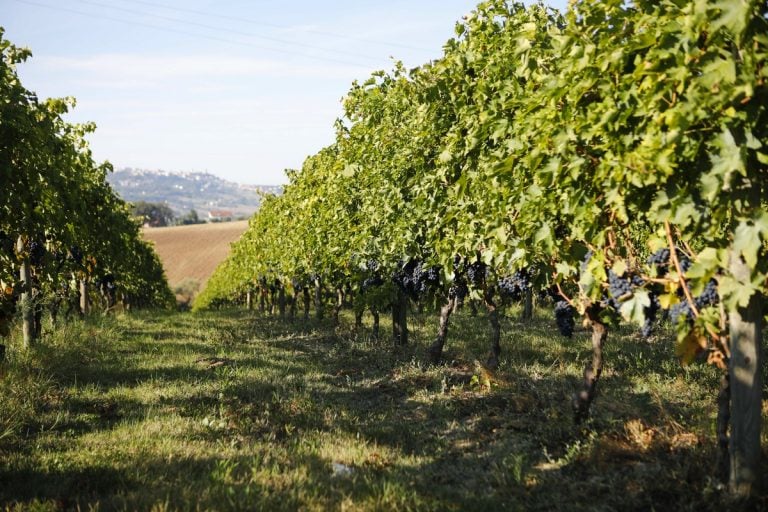
 The top patisserie just steps from the Pompeii ruins where you can enjoy exceptional pastiere and croissants
The top patisserie just steps from the Pompeii ruins where you can enjoy exceptional pastiere and croissants Tariffs? “The wine market will be dominated only by big groups.” Eric Asimov of the New York Times speaks out
Tariffs? “The wine market will be dominated only by big groups.” Eric Asimov of the New York Times speaks out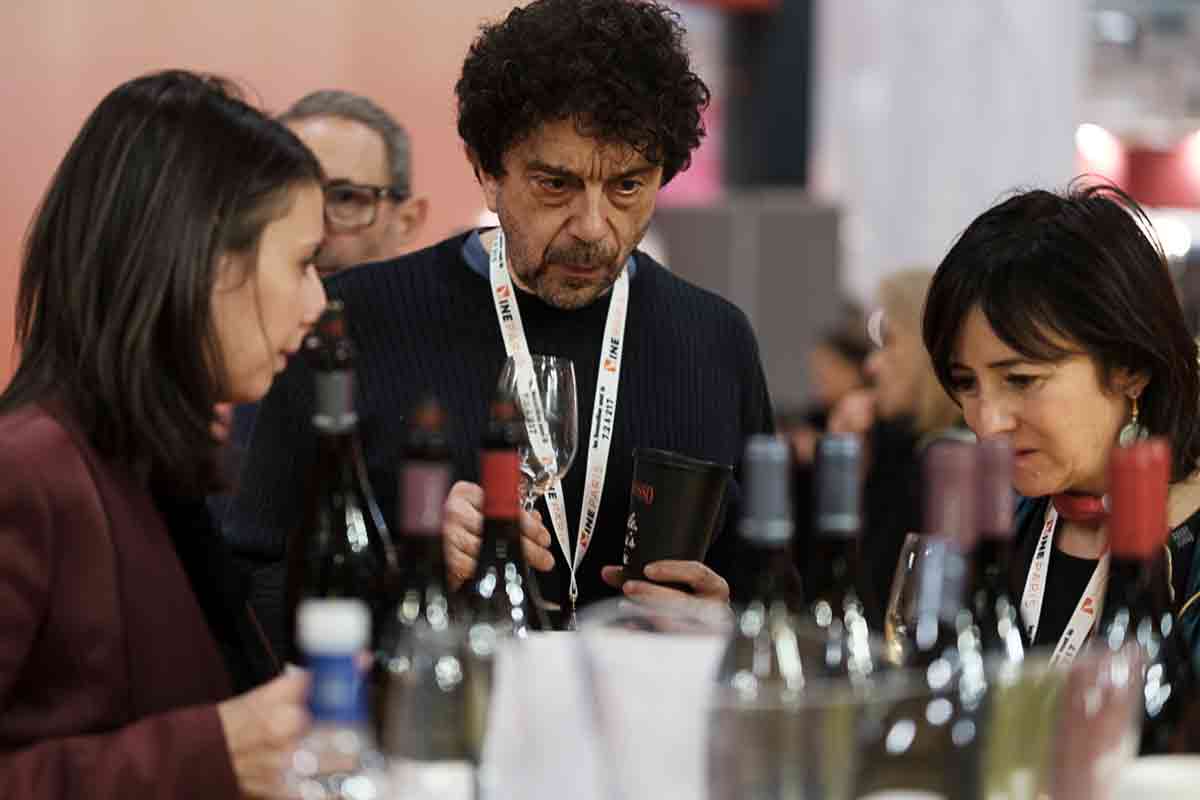 Tre Bicchieri meets Wine Paris
Tre Bicchieri meets Wine Paris Fewer bottles, more by-the-glass: how to build the wine list of the future
Fewer bottles, more by-the-glass: how to build the wine list of the future Trump’s first trade war cost Americans $27 billion. USDA analysis
Trump’s first trade war cost Americans $27 billion. USDA analysis
